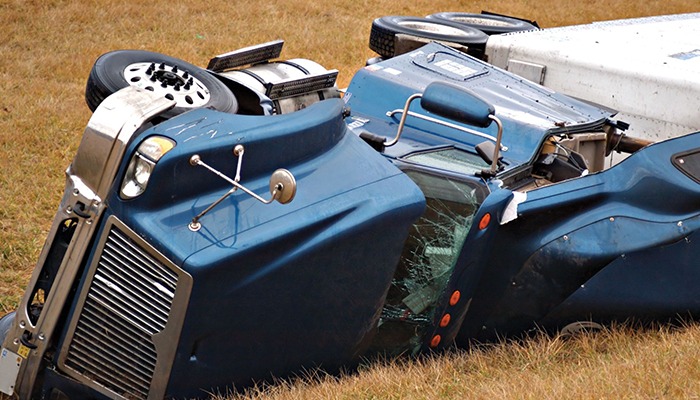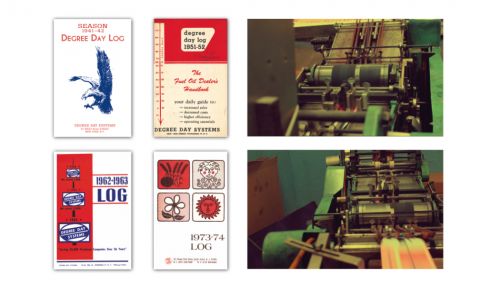All
DOT Post-Accident Drug & Alcohol Testing
by Mike Every, Foley

As we continue to delve into the various test types that DOT-regulated motor carriers are required to perform, it’s probably becoming clear to you that the FMCSA has specific criteria that must be met in all testing situations — and the same is true for Post-Accident testing. In fact, as one might expect, when (or when not) to test following an accident can get fairly complicated depending on the situation at hand.
DOT Post-Accident Testing Criteria
Only the following circumstances necessitate drug and alcohol testing after an accident:
Any number of human fatalities;
- An injury to at least one individual that requires medical attention away from the scene, AND the driver receives a citation;
- At least one vehicle involved incurs disabling damage so that it cannot be driven from the scene, AND the driver receives a citation.
Aside from a fatality, the only time a driver should take a post-accident drug and alcohol test is if he or she receives a citation and there is either a tow-away or an individual is taken to a hospital.
In the interest of protecting the company, many motor carriers feel that no matter what the circumstance is, a driver should take a drug and alcohol test following an accident. However, a driver should never be forced to test unless the DOT mandates it. Requiring a test when it’s not needed infringes upon the driver’s rights and may open the company up to legal action.*
Post-Accident Testing Timeframes
To comply with DOT regulations, post-accident testing must be completed within the following timeframes:
- Alcohol tests should be completed within 2 hours, but must be completed within 8 hours;
- Drug tests should be completed as soon as possible, but must be completed within 32 hours.
Adhering to these timeframes is often a challenge in post-accident situations, since a driver may be retained at the scene for several hours, or an investigation must conclude in order for it to be determined whether or not a driver was at fault.
This means that the driver must remain available for testing until the specified timeframes have passed. In addition, it is your responsibility to document why the driver was or was not able to complete the required testing.
About On-Scene Breathalyzers or DUI Evaluations
Tests that officers may perform on the scene are usually not conducted in accordance with federal DOT testing regulations and therefore will not satisfy DOT testing requirements. Furthermore, due to HIPAA laws, most jurisdictions will not release any test or evaluation results to employers following an accident. That is why DOT testing must be administered in addition to any on-scene evaluations.
Finding a Collection Site
This is where having a Third Party Administrator (TPA) like Foley can be especially beneficial. Foley offers 24-hour emergency assistance for post-accident situations and employs thousands of DOT-qualified collection sites all over the country to ensure clients have quick access to a testing facility when one is needed.
DOT Audits
Any accident may spur the DOT to conduct a full compliance review of a motor carrier, particularly if the accident is serious or if there have been multiple accidents over a 12-month period. This makes it crucial that you familiarize yourself with Post-Accident testing criteria and retain detailed records. These records must include:
- Drug & alcohol test results (if applicable)
- An Accident Register. This specific form must list all accidents over a 3-year period with the following information:
o Date & time of accident
o Accident location (address, city, state)
o Name of driver involved
o Number of fatalities
o Number of injuries
o Whether any hazardous materials (other than vehicle fuel) were released - Accident reports
- Insurance loss run report
*Call (800) 253-5506 or visit the Foley website for information on non-federal Drug-Free Workplace programs that may enable you to administer post-accident testing in any case.
Related Posts
 100 Years of Helping Fuel Retailers Deliver!
100 Years of Helping Fuel Retailers Deliver!
Posted on August 18, 2025
 U.S. Competing to Secure Critical Minerals
U.S. Competing to Secure Critical Minerals
Posted on June 16, 2025
 The Clean Air Act, the EPA, and State Regulations
The Clean Air Act, the EPA, and State Regulations
Posted on May 14, 2025
 Day Tanks Support Back-up Generators in Extreme Conditions
Day Tanks Support Back-up Generators in Extreme Conditions
Posted on March 10, 2025
Enter your email to receive important news and article updates.
